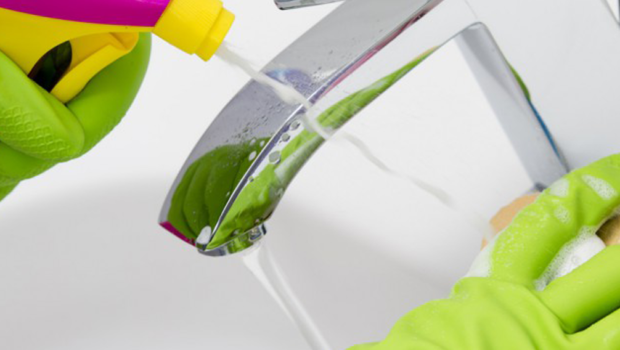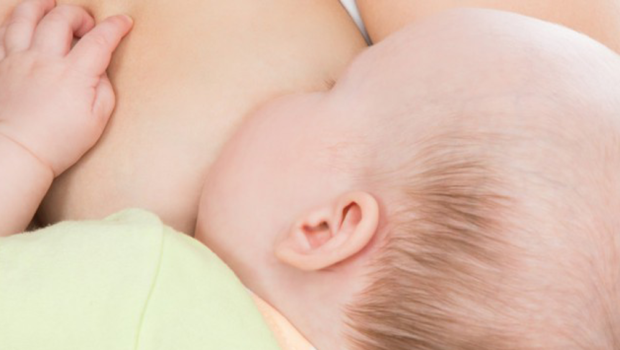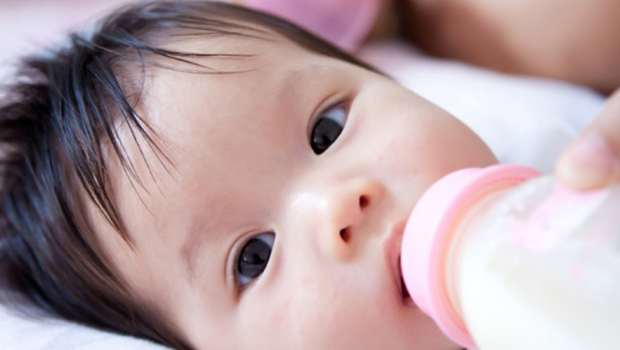
A literature review and a survey of the major allergens in household products taken from the German retail market
Excerpt from the Study:
Natural Rubber Latex Protein Allergy: A literature review and a survey of the major allergens in household products taken from the German retail market
Part 1:
Literature Review. The literature on natural rubber latex and latex protein allergy has been reviewed. From relatively humble beginnings, the latex rubber industry now plays an important and ubiquitous part in life; natural rubber latex (NRL) is used in 40,000 products. However, from the mid 1980’s there has been an increasing number of reports indicating that natural rubber latex is a significant source of allergy, particularly amongst health care workers and children with spina bifida and/or subjected to multiple surgical procedures. Amongst the general population however, the prevalence of latex protein allergy is certainly no higher than 1% and there are encouraging signs that the prevalence of new cases, even in the “high risk” groups is diminishing. However this current review has highlighted difficulties of diagnosing NRL protein allergy and in the epidemiological assessment of both sensitised groups and those suffering from allergy symptoms. A detailed review of reports suggesting a link between latex soother and bottle teats would indicate that allergic reactions from NRL soothers and teats are relatively rare and we would also question whether contact with these products results in initial sensitization. The tests for total protein, antigens and allergens in latex products have been reviewed as have the relationship between the various methods. It is concluded that measurement of four major allergens provides an excellent correlation to the overall potential allergenicity of the product. It is considered that reduction as far as is practicable of the proteins and allergens in the latex product, rather than removal of the NRL product itself is the medium to long term answer to the problem of latex allergy. An outline of common methods of manufacturing dipped natural latex products has been given together with the effects these production techniques have on residual allergens.
Part 2:
A survey of major allergens in household products. Samples of a number of NRL products used in the home: household gloves, toy balloons, soother and bottle teats, were taken from the German market. Four major allergens were analysed by the FITkit® test, extractable proteins by a Modified Lowry Assay and extractable antigens by a LEAP technique. The results tend to confirm previous reports that the correlation between these three methods is rather poor. The total allergen content of the gloves tested are significantly less than previously reported. However, 42% of the samples had total allergen contents in excess of the 1Kg/g widely considered to be the threshold for allergic reactions Only one out of 24 samples of soothers and bottle teats had a detectable allergen (Hev b 3) and accordingly all the samples were well below the 1μg/g threshold. Products having an allergen content of below 15μg/g are also considered by one research group to be unlikely to sensitize people or to cause reactions in already sensitized individuals; all the soothers and bottle teats were well below this level. Comparison of boiled and un-boiled soother and bottle teats showed a small but insignificant effect on total allergens determined. It is noted that other unrelated regulations have caused manufacturers of NRL soother and bottle teats to adopt leaching techniques greatly in excess of those used for gloves and balloons, which, it is surmised, has resulted in the negligible allergen levels found. Given these data and the evidence of the literature review we are of the opinion that it is highly unlikely for NRL soother and bottle teats to promote sensitisation. In addition, a sensitised child within the general population is unlikely to suffer allergic reactions from any of the samples tested. This does not imply that “at-risk” paediatric groups – spina bifida sufferers and others receiving multiple surgicalprocedures – should diverge from a latex-free environment.

Does the Recommendation to Use a Pacifier Influence the Prevalence of Breastfeeding?
A low prevalence and duration of breastfeeding increase the risk of infant morbidity and mortality in both developed and developing countries. In 1989, the World Health Organization and United Nations Children’s Fund introduced the ‘‘10 steps for successful breastfeeding’’. To assure that breastfed babies are not deterred fromlearning how to suckle the breast, and thereby from maximizing mothers’ milk supply, step 9 states: ‘‘Give no artificial teats or pacifiers to breastfeeding infants.’’ However, research now indicates an association between pacifieruseandareducedriskof sudden infantdeathsyndrome (SIDS), leading to the revisedAmericanAcademy of Pediatrics statement: ‘‘Consider offering a pacifier at nap time and bedtime. For breastfed infants, delay the introduction of a pacifier until the infant is 1 month old, to ensure the breast-feeding is firmly established.’’ Concerns have been raised that pacifiers may result in reduced duration of breastfeeding. Much of the controversy results from the inconsistency in research findings related to breastfeeding and pacifier use. Several observational studies published since the Baby-Friendly Hospital Initiative was developed indicate an approximate doubling of the risk of early weaning with daily pacifier use. The question of whether such an association is causal remains: pacifier use could be a marker of breastfeeding difficulties or a mother’s reduced motivation to continue breastfeeding. Randomized controlled trials in developed countries have not shown that recommending a pacifier results in shorter breastfeeding duration, except when it is started in the first 5 days after birth. Because of the scarcity of studies with sufficient power and rigorous design to address the impact of recommending pacifiers on breastfeeding, we conducted a multicenter, randomized, single blind, non-inferiority trial to assess the effects of such a recommendation after 2 weeks of age on breastfeeding prevalence and duration.

A New Bottle Design Decreases Hypoxemic Episodes during Feeding in Preterm Infants
Oxygen saturation is lower during bottle feeding than during breastfeeding in preterm infants. Our objective was to compare two different bottle systems in healthy preterm infants before discharge in terms of SpO2 and oral feeding efficiency (rate of milk intake). Infants without supplement oxygen needs were evaluated twice on the same day during two consecutive feeds, by the same nurse. Infants served as their own controls for comparison of two systems of bottles, the order of which was randomized. The new bottle’s nipple design mimics mom’s breast in shape and feel, and the bottle vents to air when the child sucks on the nipple. The other system was the hospital’s standard plastic bottle with silicone nipple. The rate of milk intake was calculated as the total volume transferred minus volume lost divided by time of feeding,mL/min. Thirty-four infants (BW: 1, 163 °æ 479.1 g) were studied at 35.4 °æ 1.3 weeks after-conception. SpO2 was significantly higher in infants fed with the new bottle design. Milk intake rate was significantly higher with the new bottle than with the standard bottle design. The new bottle design improves oral feeding performance in preterm infants near to discharge when compared to that of a standard bottle.
